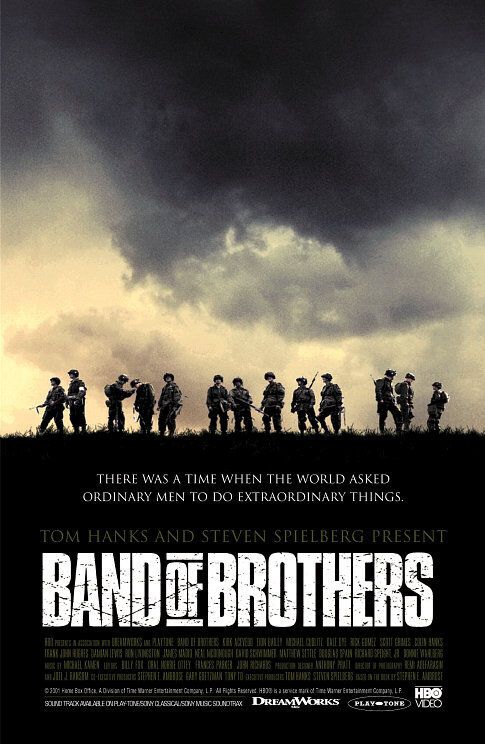Introduction:
In the annals of cinematic history, few films have left as indelible a mark as “The Godfather” (1972), directed by the legendary Francis Ford Coppola. Adapted from Mario Puzo’s bestselling novel, the film stands as a magnum opus, a cinematic journey that seamlessly blends the raw, visceral power of organized crime with a profound exploration of family, power, and the American Dream. This comprehensive review delves into the intricate layers of “The Godfather,” analyzing its narrative brilliance, iconic performances, thematic richness, and enduring cultural impact.
Plot and Narrative Brilliance:
- A Tale of Power and Family: At its core, “The Godfather” unfolds as a multi-generational saga of the Corleone crime family, led by the patriarch Vito Corleone, brilliantly portrayed by Marlon Brando. The narrative intricacies weave together themes of power, loyalty, and the consequences of choices, creating a tapestry of storytelling that resonates across generations.
- The Mafia as a Metaphor: While rooted in the world of organized crime, the film transcends the genre’s conventions, using the mafia as a metaphor to explore universal themes. The Corleones become emblematic of the pursuit of the American Dream, the complexities of power dynamics, and the sacrifices made to preserve family honor.
- Temporal Structure: The narrative unfolds across a span of several years, allowing viewers to witness the evolution of characters and the consequences of their actions. The temporal structure adds depth to the storytelling, offering a panoramic view of the Corleone family’s journey.
Iconic Performances:
- Marlon Brando as Vito Corleone: Marlon Brando’s portrayal of Vito Corleone is nothing short of iconic. His nuanced performance earned him an Academy Award for Best Actor and established Vito as a cinematic archetype. Brando’s delivery of the character’s memorable lines, including “I’m gonna make him an offer he can’t refuse,” is etched into the cultural lexicon.
- Al Pacino’s Michael Corleone: Al Pacino’s transformation from a reluctant outsider to a formidable force as Michael Corleone is a testament to his acting prowess. Pacino’s measured intensity and the internal conflicts of Michael provide a compelling narrative arc that captivates audiences.
- Robert Duvall as Tom Hagen: Robert Duvall’s portrayal of Tom Hagen, the Corleone family’s consigliere, is a masterclass in understated excellence. Duvall infuses the character with a quiet intelligence and unwavering loyalty that cements Tom as an integral part of the Corleone saga.
- Supporting Cast Excellence: The ensemble cast, including James Caan as Sonny Corleone, John Cazale as Fredo Corleone, and Diane Keaton as Kay Adams, contributes to the film’s ensemble brilliance. Each actor brings depth and authenticity to their roles, creating a cohesive and immersive cinematic experience.
Thematic Richness:
- Power and Corruption: “The Godfather” delves into the corrupting nature of power, illustrating how individuals navigate the moral complexities of achieving and maintaining dominance. The portrayal of the mafia as a parallel power structure offers a profound commentary on the darker aspects of human nature.
- Family and Tradition: Family lies at the heart of the narrative, with the Corleones epitomizing the dichotomy of familial bonds and criminal enterprises. The film explores the tension between tradition and the inevitability of change, examining how family dynamics shape the characters’ destinies.
- The American Dream: Against the backdrop of post-World War II America, “The Godfather” scrutinizes the pursuit of the American Dream. The Corleones’ ascent is juxtaposed with the broader socio-political landscape, providing a critical examination of the intersection between the immigrant experience and the American Dream.
Cinematic Craftsmanship:
- Visual Aesthetics: Cinematographer Gordon Willis’s evocative cinematography infuses the film with a distinctive visual style. The play of light and shadow, coupled with a subdued color palette, contributes to the film’s timeless and atmospheric quality.
- Score by Nino Rota: Nino Rota’s haunting score, including the iconic “Love Theme,” enriches the film’s emotional resonance. The music becomes an integral part of the storytelling, underscoring pivotal moments with a haunting and evocative backdrop.
- Direction by Francis Ford Coppola: Francis Ford Coppola’s direction is nothing short of visionary. His meticulous attention to detail, narrative pacing, and ability to extract nuanced performances from the cast elevate “The Godfather” to the echelons of cinematic greatness. Coppola’s directorial choices, such as the use of symbolism and the iconic opening scene, showcase his mastery of the craft.
Cultural Impact and Legacy:
- Academic Study and Homage: “The Godfather” has become a subject of academic study, with scholars exploring its themes, cultural impact, and cinematic techniques. Filmmakers continue to pay homage to the film, citing it as a major influence on the crime genre.
- Popular Culture References: The film’s dialogue, characters, and scenes have permeated popular culture, with references appearing in television shows, advertisements, and daily conversations. Lines like “Leave the gun, take the cannoli” have become ingrained in the collective consciousness.
- Sequels and Expanded Universe: “The Godfather” spawned two sequels, “The Godfather Part II” (1974) and “The Godfather Part III” (1990), both of which further explored the Corleone family saga. The trilogy stands as a monumental achievement in cinematic storytelling.
Critical Acclaim and Awards:
- Academy Awards: “The Godfather” received widespread critical acclaim and was the recipient of three Academy Awards, including Best Picture, Best Actor for Marlon Brando, and Best Adapted Screenplay. The film’s success at the Oscars solidified its status as a cinematic masterpiece.
- Recognition by AFI: The American Film Institute (AFI) consistently ranks “The Godfather” among the greatest films in cinematic history. The film’s impact on storytelling, character development, and cultural discourse has earned it a permanent place in the pantheon of American cinema.
Conclusion:
In the vast tapestry of cinema, “The Godfather” (1972) stands as a monumental work of art—a timeless exploration of power, family, and the human condition. Francis Ford Coppola’s directorial brilliance, coupled with iconic performances and a narrative that transcends its genre, has solidified the film’s place in cinematic history. As audiences continue to revisit and discover the Corleone family saga, “The Godfather” remains an enduring masterpiece that continues to captivate, provoke thought, and inspire generations of filmmakers to craft narratives of equal depth and resonance.









